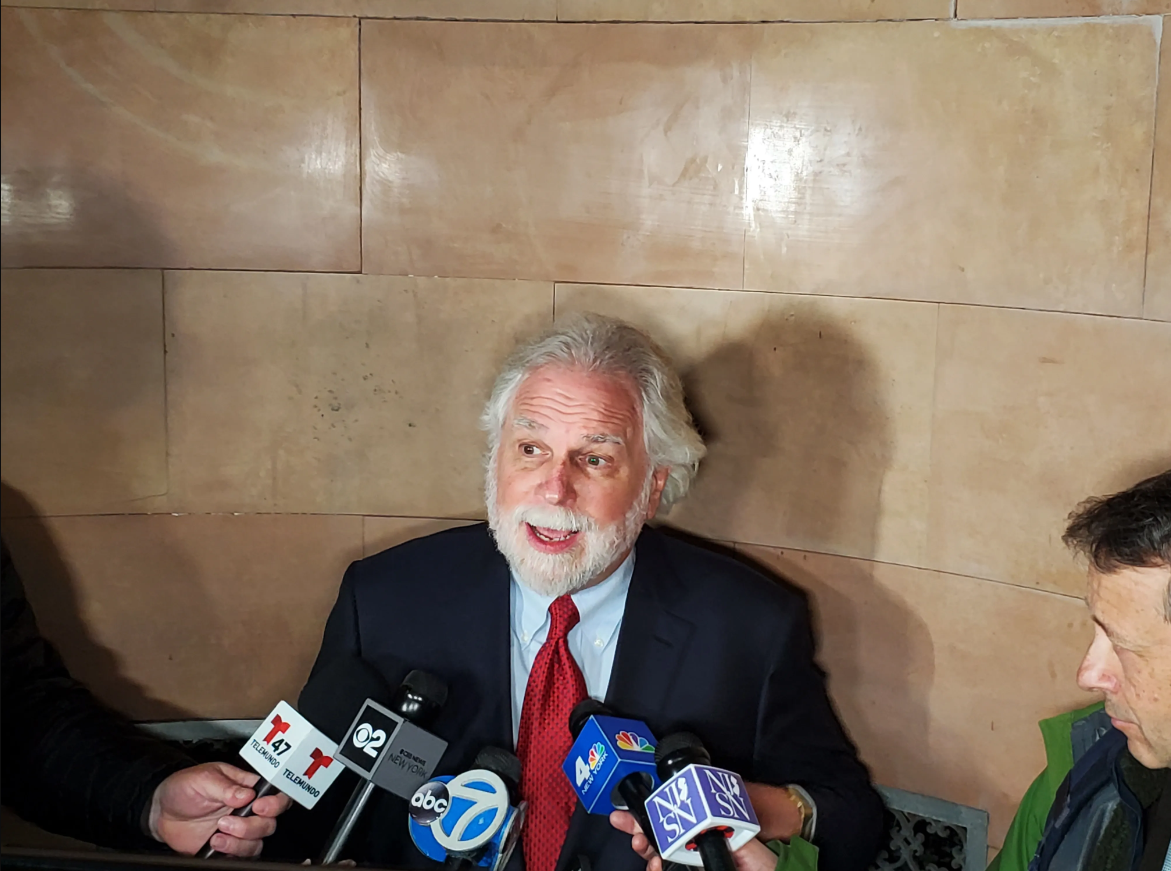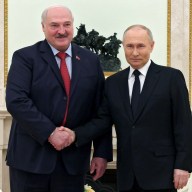NEW YORK – It seems strange to think that one of popular music’s
most successful singer-songwriters considered it a change of pace to
sit in a room with an acoustic guitar to compose.
But since Paul Simon‘s
landmark 1986 album “Graceland,” which fused African rhythms with a
literate New Yorker’s songs, he has primarily started his compositions
with a rhythm track and made the words and tunes fit around that. The
new disc “So Beautiful or So What” began with Simon at his home studio writing two ballads and an instrumental.
“That cast the album in a slightly different way than the previous ones,” the 69-year-old singer said in a recent interview.
He
still enjoys writing songs with a base of rhythm, but said he wanted to
break his pattern, to go back to the way he used to write just to see
if he could still do it.
“He’s a craftsman and a very fastidious musical person,” said Phil Ramone, the producer behind Simon‘s 1976 “Still Crazy After All These Years” and other solo works, and “So Beautiful.”
“In
all the years I have known him, he is very much (about) not wanting to
do things the same way, and I think he had reached that point,” he
added.
You feel the presence of God on Simon‘s
disc, but not always in a spiritual sense. In “Love and Hard Times,”
God pays a visit to Earth with his son and doesn’t stay long,
concluding “these people are slobs here.” Simon
speaks in God’s voice in “Love is Eternal Sacred Light” and, on “The
Afterlife,” envisions meeting Him in heaven (all he can think of to say
is “Be Bop a Lula”).
He keeps listeners on their toes with some lyrical left turns. In “Questions for the Angels,” Simon
precedes a big question – who would ultimately care if all the humans
in the world disappeared? – with a verse ruminating about a Jay-Z
billboard in Brooklyn.
“In the same way that I’ll change colours
and musical textures, I change things lyrically,” he said. “I might be
on some metaphysical journey to the Pyramids and stop for a while to
pull it back. That stops the dream feeling for a while, so when you
return to it, hopefully it feels fresh again.”
Despite Simon
changing the way he wrote, part of the album still employs some of the
world music stylings that have become a hallmark of this stage in his
career. The more rhythmic material is actually the most arresting on
the disc, a point noted in a somewhat critical album review by Jim
Farber of the New York Daily News.
“Rhythm has come to rule his
music over the one element that gave his earlier work its greatest hold
on history – exquisite melody,” Farber wrote.
The most gripping cut employs an entirely new style for Simon
– sampling. He was listening to a disc that contained old sermons one
day and was intrigued by a call-and-response sermon called “Getting
Ready for Christmas Day.” He built a musical track around it and wrote
lyrics to go with the 1941 sermon by the Rev. J.M. Gates.
“It was an interesting songwriting problem to solve,” Simon said.
And, you can dance to the solution.
The
title cut has one of the most straightforward messages; essentially
that life is what you make of it. “So Beautiful or So What” seemed to
confuse a slightly loopy Neil Diamond at the Rock and Roll Hall of Fame
ceremony last month (Simon
inducted him), who suggested it was a lousy title. But he recovered by
saying that “I dare anybody in this room to make a better album.”
Simon
drew praise from another fellow musician, Elvis Costello, whom he gave
an early copy of the disc after singing at a benefit with Costello’s
wife, Diana Krall. Simon quickly prevailed upon Costello to write liner notes for the disc.
“That’ll teach him to keep his mouth shut,” Simon joked.
Costello wrote that he believed “this remarkable, thoughtful, often joyful record deserves to be recognized as among Paul Simon‘s very finest achievements.”
Simon
is embarking on a spring concert tour on Friday in Seattle that will
take him to smaller theatres than he has in the past, even to some
clubs. He intends to shake things up: Instead of a greatest hits show, Simon
wants to play much of the new album, some covers by Jimmy Cliff and
Chet Atkins, and dig into his catalogue for songs he doesn’t perform
often. He mentioned “Peace Like a River,” a 1971 song he doesn’t
remember ever performing in concert.
Like many older artists,
he’s interested in seeing how his music will be received in the
marketplace at a time when the music industry has imploded.
“Some
part of me says that if you make something that’s interesting enough,
people will find it,” he said. “Maybe not in the numbers you once had,
but enough so that you don’t feel like you’re irrelevant as a
contributor to the culture.”
















